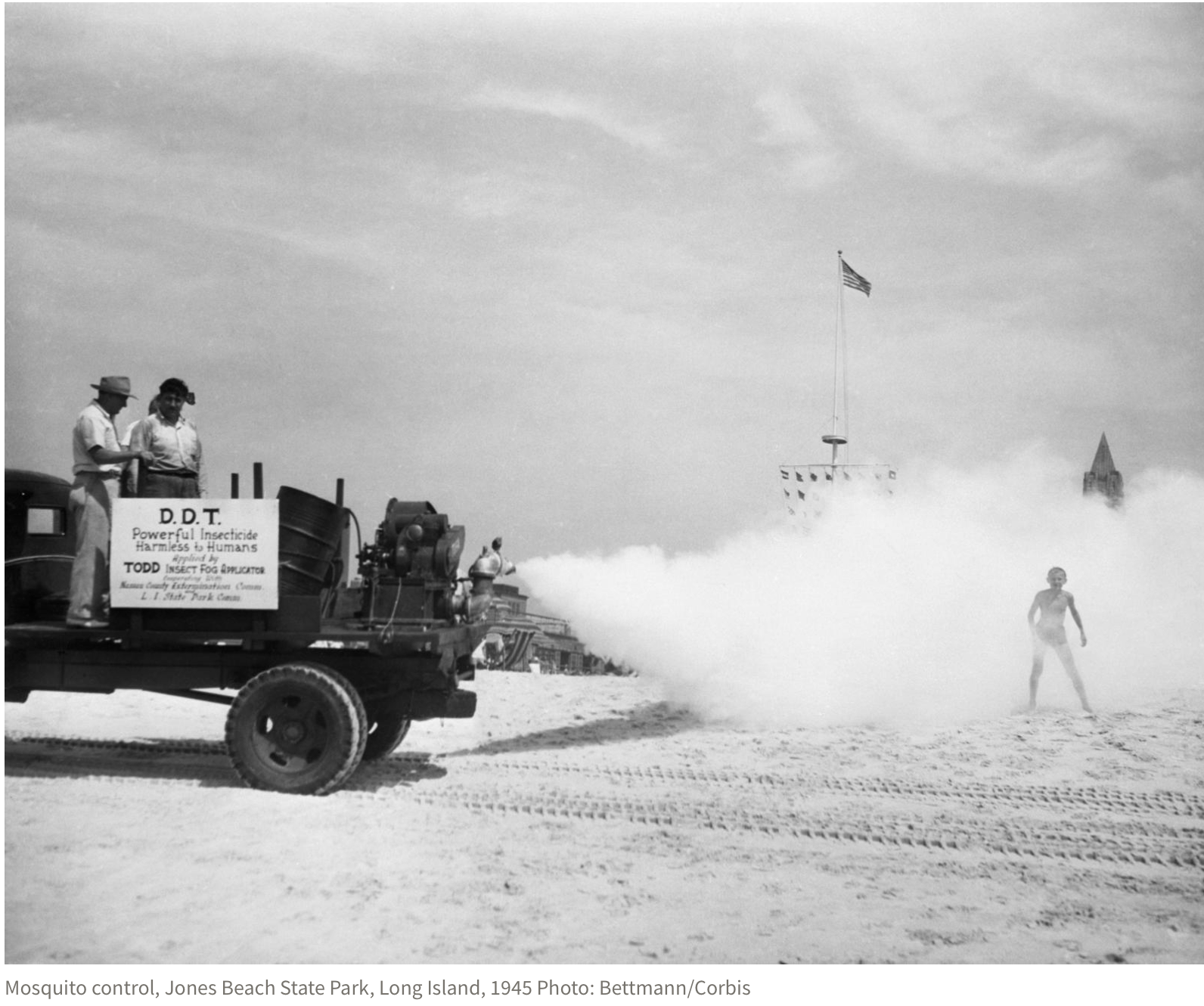Rachel Carson: Catalyst of the Environmental Movement


THESIS
After World War II, the chemical industry experienced large economic growth by expanding its product lines of wartime tested insecticides for use by the agricultural industry, government and the general public. Widespread and indiscriminate use of toxic chemicals had caused a tipping of the balance of nature. The publication of Silent Spring in 1962 alerted the nation to previously undisclosed dangers and resultant environmental poisoning. Rachel Carson broke the barriers of silence set by government and business by gaining public support for new laws to protect nature, creating a legacy of environmental consciousness.

"The history of life on earth is a history of the interaction of living things and their surroundings. To an overwhelming extent, the physical form and the habits of the earth’s vegetation and its animal life have been molded and directed by the environment. Over the whole span of earthly time, the opposite effect, in which life modifies its surroundings, has been relatively slight. It is only within the moment of time represented by the twentieth century that one species—man—has acquired significant power to alter the nature of his world, and it is only within the past twenty-five years that this power has achieved such magnitude that it endangers the whole earth and its life. The most alarming of all man’s assaults upon the environment is the contamination of the air, earth, rivers, and seas with dangerous, and even lethal, materials. This pollution has rapidly become almost universal, and it is for the most part irrecoverable; the chain of evil it initiates, not only in the world that must support life but in living tissues, is for the most part irreversible."
~ Rachel Carson, from her book Silent Spring, p. 5-6, 1962.